NCAA Swimming Notebook: Andrew Seliskar Now the Best in the Country?
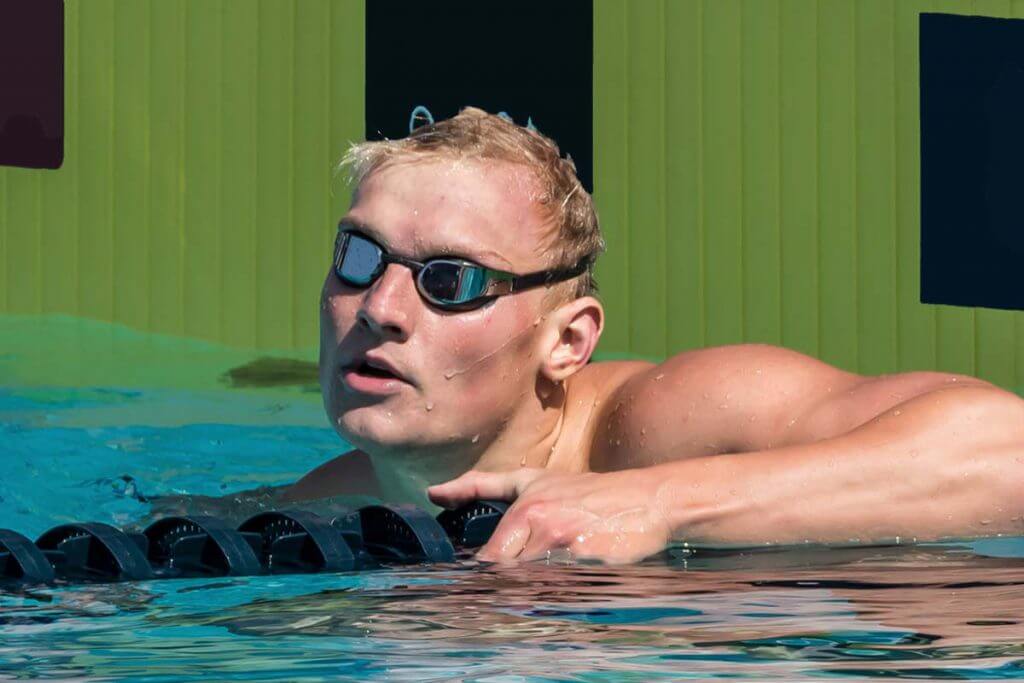
Editorial content for the 2019 NCAA DI Championship coverage is sponsored by SwimOutlet.com. See full event coverage.

By David Rieder.
At his junior year NCAA championships, Andrew Seliskar was a national title waiting to happen—or at least it seemed that way. He went into the 200 IM final as the top seed, only to end up fifth in the fastest final in history. He was the top seed again the next day in the 400 IM, only to fall to third, as Abrahm DeVine blew everyone away.
And in his last chance, the 200 breast, he left too much ground to make up against Ian Finnerty on the last 50 and finished a quarter-second behind.
Sure, Seliskar wanted to win an individual national title, but the bigger deal for him was the clock ticking on his swimming career. Finishing up his junior year, he had to start wondering what his future looked like after the 2019 NCAA championships. He hadn’t carved out a niche in long course, a necessity for anyone looking at a pro career—and an injury which kept him out for the entire 2017 summer season didn’t help.
“I think last summer was a big turning point for me,” Seliskar said in July 2018. “I was forced to take some time out of the water. I knew it was make-or-break for me. I could either finish out my career and be alright, or I could try to push through it and have a big breakthrough swim.”
Well, that’s exactly what happened, with a national title few saw coming. Seliskar has always been an IMer, and he’s had some success in breaststroke and butterfly. But freestyle, the 200 free? Not traditionally his thing, not when he was named national High School Swimmer of the Year and not during his early time at Cal.
Maybe what changed everything was his first swim at that junior-year NCAA championships: a 1:31.28 leadoff leg on Cal’s 4×200 free relay. So Seliskar and Dave Durden, his coach at Cal, made the call to train more freestyle.
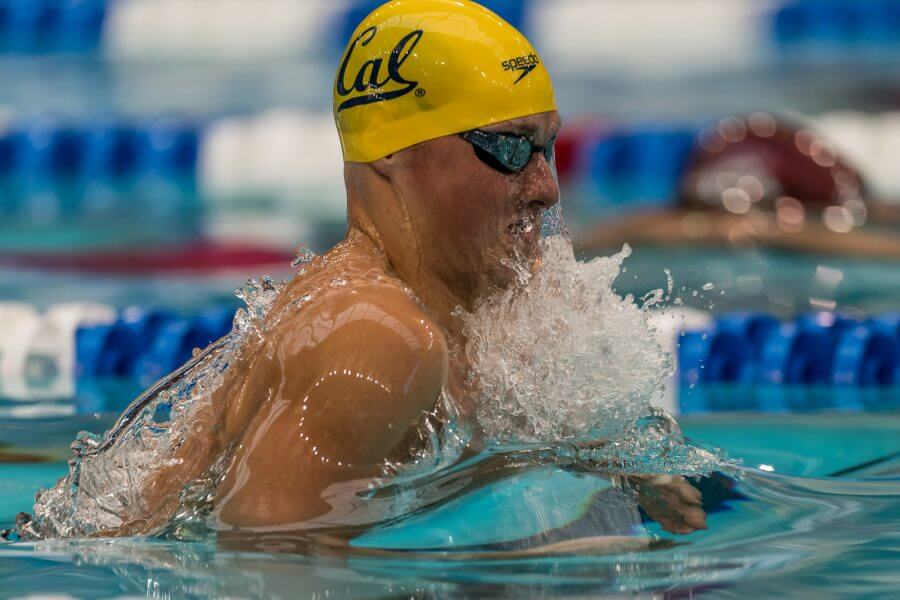
Photo Courtesy: Peter H. Bick
Fast forward four months, and Seliskar was a national champion in the 200 free—and then an individual silver medalist at Pan Pacs.
Now, he’s back in college, at the halfway point of his senior season as a Golden Bear. At this weekend’s Georgia Invitational, here were some of his times: 1:40.55 in the 200 IM, the top time in the country by two seconds; 1:51.85 in the 200 breast, the top time in the country; 1:30.86 as a 200 free relay leadoff, the top time in the country and good enough to make him the third-fastest performer in history in the event behind Townley Haas and Blake Pieroni.
For good measure, he swam a 45.59 in the 100 fly and split 51.32 as the breaststroker on Cal’s medley relay. To end the meet, he anchored Cal’s 4×100 free relay in 42.06.
So now, Andrew Seliskar is the best swimmer on the men’s collegiate scene. No, he’s not Caeleb Dressel—let’s be honest, who is? But he’s a threat for a national title in whatever events he swims at the end of the season (including the 400 IM).
And after NCAAs, Seliskar will step into a new role: as someone the U.S. National team will be depending on.
Meanwhile, around college swimming…
It’s the biggest weekend of fall invitationals. Some people declared to the country that they aren’t joking around.
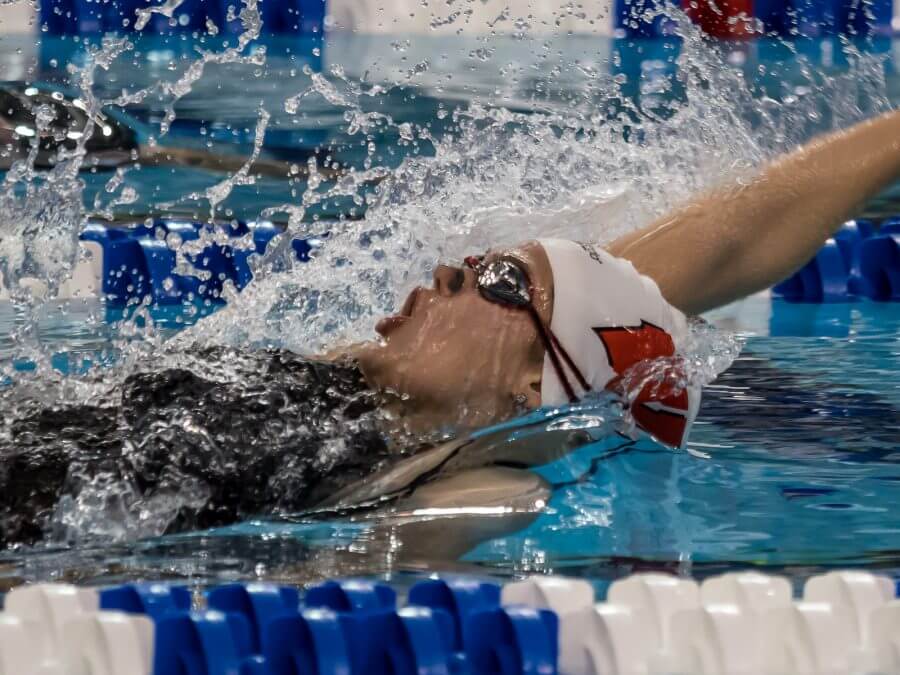
Beata Nelson — Photo Courtesy: Peter H. Bick
Like Beata Nelson. Her 100 back American record (49.67) Friday night at the Texas Invite can’t be considered all that surprising. Perhaps more impressive was her 200 IM, a 1:53.08 that’s faster than anyone in the country this season—Ella Eastin included—and faster than all but three swimmers (Eastin, the now-professional Kathleen Baker and Sydney Pickrem) swam all of last year.
Nelson also put up a 1:49.10 in the 200 back on the final day of the meet, 0.25 faster than Asia Seidt’s 1:49.35 as the season’s top time. It’s hard to see anyone coming close to those two in the race come NCAAs.
The most surprising freshman so far this season? That would be Maggie MacNeil, the London, Ontario, native who became just the fourth woman to ever break 50 seconds in the 100 fly Friday night in Athens (49.97). Her impact on the 100 fly dual for the NCAA title will be immediate—even if USC’s Louise Hansson swam a fraction faster this weekend at 49.80 and Tennessee’s Erika Brown was just behind at 50.46.
But how about that impact for Michigan, a team that brings back most of its key pieces from last year’s fourth-place team at the NCAA championships? Well, MacNeil first broke the school record in the 100 fly with her 51.49 at Michigan’s October dual meet against Northwestern. She really made an impression with her 50.09 at the ACC/B1G challenge before her 49 this weekend in Georgia.
The Wolverines had no scorers in the 100 fly last year and finished 10th in the 4×100 medley relay with 200 fly specialist Vanessa Krause handling the butterfly duties and splitting 52.49. MacNeil gives that squad top-five potential this year.
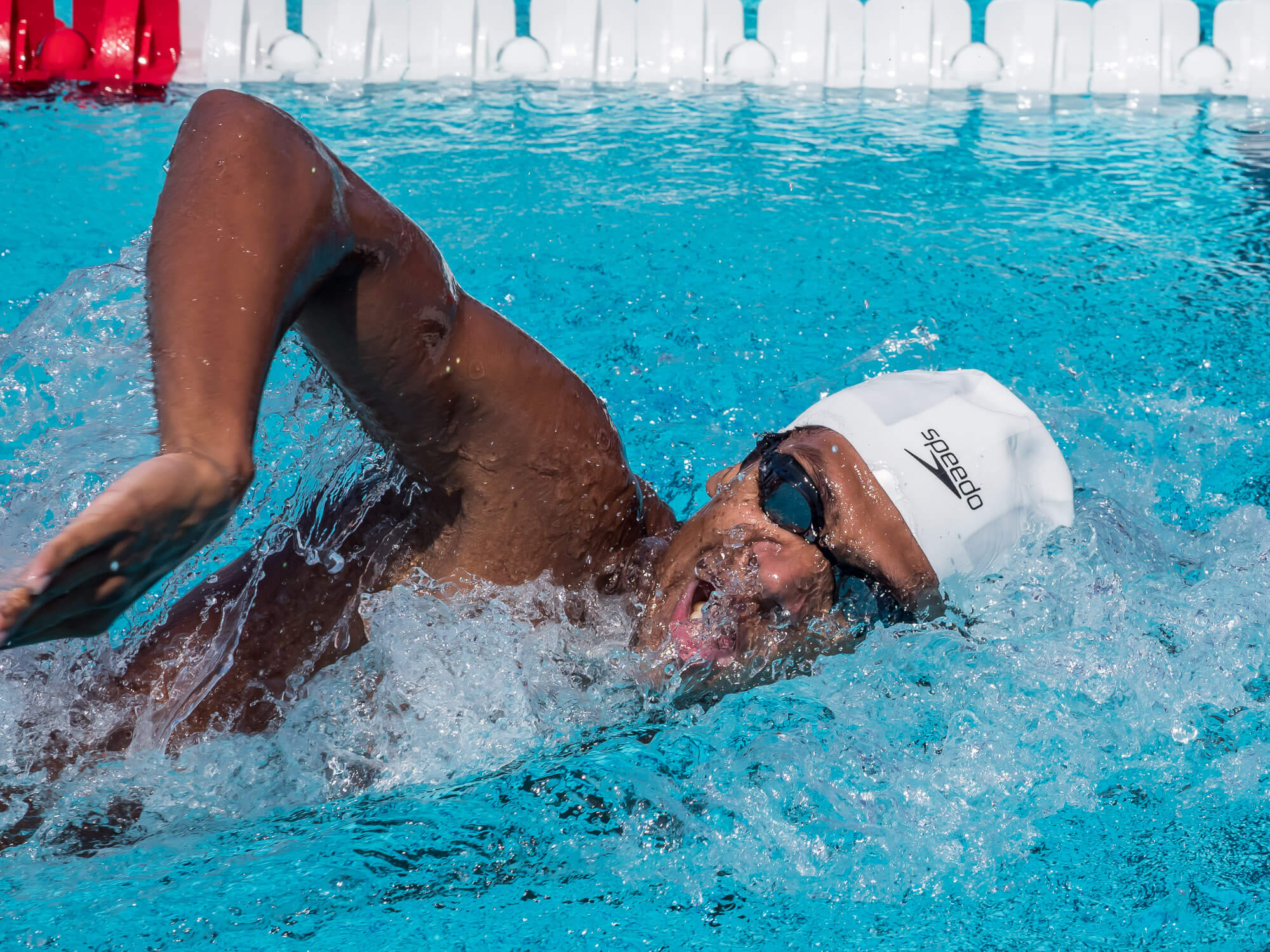
Jack LeVant — Photo Courtesy: Peter H. Bick
In men’s action at the Texas Invite, Haas won the 200 free in a perfectly fine time of 1:33.24, with Dean Farris just behind at 1:33.53. But the two fastest times of the meet came as relay leadoffs two days earlier, both from freshman. Drew Kibler led off for Texas in 1:32.20, followed closely by Stanford’s Jack LeVant in 1:32.61.
Those are the second and third-fastest times in the country this year, behind Seliskar—and neither effort should be considered surprising. LeVant placed fifth in the 200-meter free at Nationals last summer in 1:46.46, securing his spot on next year’s World Championships team, while Kibler’s breakthrough was a case of an extremely talented and versatile recruit putting everything together quickly under legendary Texas coach Eddie Reese. (Sound familiar?)
Also in Texas, in a swim 200 fly national champion Justin Wright hopes you didn’t miss, Arizona junior Brooks Fail swam a 4:11.84 to win the 500 free. That’s three seconds better than his season best from last year (4:14.82). He also finished 40th at NCAAs in 4:18.95. Now, he’s first in the nation.
Speaking of breakout sophomore distance swimmers, take Texas’ Chris Yeager. Then 38th at NCAAs in 15:05.42, now first in the country at 14:32.13—which would have been fourth at the national championship meet last year.
Finally, how about a breakthrough swim for a senior? Texas’ Tate Jackson, whose stock has been consistently trending up for the past year, swam a 41.06 in the 100 free at the school’s invite Saturday night. He now ranks sixth all-time and ahead of anyone else currently in NCAA swimming. This is a guy who has been in one individual NCAA final ever, when he finished seventh in the 100 free last year.
Not always so easy for the freshmen.
Not everyone can be Kibler—or some of the recent Texas freshmen who have won NCAA titles, like Austin Katz in 2018 or Haas in 2016. Plenty of highly-touted recruits struggle early on in their college careers. Nelson, the 2016 High School Swimmer of the Year, didn’t score at NCAAs as a freshman before bouncing back last year to make three A-finals. Brown, last year’s NCAA runner-up in the 100 fly as a sophomore, didn’t swim individual events at NCAAs as a freshman.
Why? Well, college can be hard. It’s adjusting to being away from home for the first time and transitioning to a new training situation. Physical issues can only compound the struggles.
This year, look at Cassidy Bayer, third in the 200 fly at Olympic Trials only two years ago and now a freshman at Cal. She was absent from Nationals this summer, and she hasn’t been close to her best since coming to Berkeley. This weekend at the Georgia Invite, her best performance was a sixth-place finish in the 200 fly, and her time of 1:57.29 won’t be close to the cutline for NCAAs come March.
Thankfully for Bayer and other freshmen off to a sluggish start, there’s still plenty of time to turn things around.
But if Bayer needs to a source of optimism, she need only look about 200 miles north from Athens to Knoxville, Tenn., to Lady Vols sophomore Nikol Popov. Popov arrived in Knoxville a highly-ranked recruit but missed out on qualifying for NCAAs entirely as a freshman. The results from her sophomore campaign? Better than she had ever been.
Popov posted times of 58.83 in the 100 breast and 2:08.09 in the 200-yard event. Those times would have been good for fifth and 12th, respectively, at last year’s national championships. She also split 26.81 and 57.81 on the Volunteers’ medley relays, two squads that should be A-final-worthy come March.
You think one year can make a difference?
And what about Winter Nationals?
Madisyn Cox performed admirably in her first meet in almost nine months. Simone Manuel led the way in some fast women’s sprints. Michael Chadwick posted a nice win in the men’s 100 free. Nic Fink and Jacob Pebley won a pair of titles each. Amanda Kendall had a bit of a breakthrough with her 100 fly victory.
But this column went 1400 words without mentioning the action in Greensboro, N.C. We learned a lot about what to expect at the NCAA championships through the various collegiate invitationals, but what came from this long course meet, absent pretty much every college swimmer and almost the entire Short Course World Championships team?
Not a whole lot. Improbably (or not), from a national perspective, Winter Nationals turned out to be the fourth-most interesting meet of the weekend.
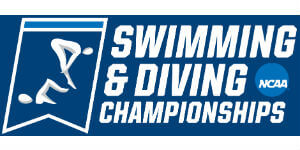
- LIVE RESULTS
- LIVE STREAM (PRELIMS)
- LIVE STREAM (FINALS)
- PSYCH SHEET
- WOMEN TEAM INVITES
- WOMEN RELAY ENTRIES
- WOMEN DIVERS
- 2018 WOMEN'S NCAA RESULTS
- 2017 WOMEN'S NCAA RESULTS
- 2016 WOMEN'S NCAA RESULTS
- ALL COLLEGE NEWS
- OFFICIAL NCAA PAGE
- LINK TO 2019 MEN NCAA DI CHAMPIONSHIPS
- SWIMOUTLET.COM 2019 TECH SUIT REVIEW
- PREDICTIONS (PART 1)
- PREDICTIONS (PART 2)
- 2019 COMPLETE RESULTS




Congratulations